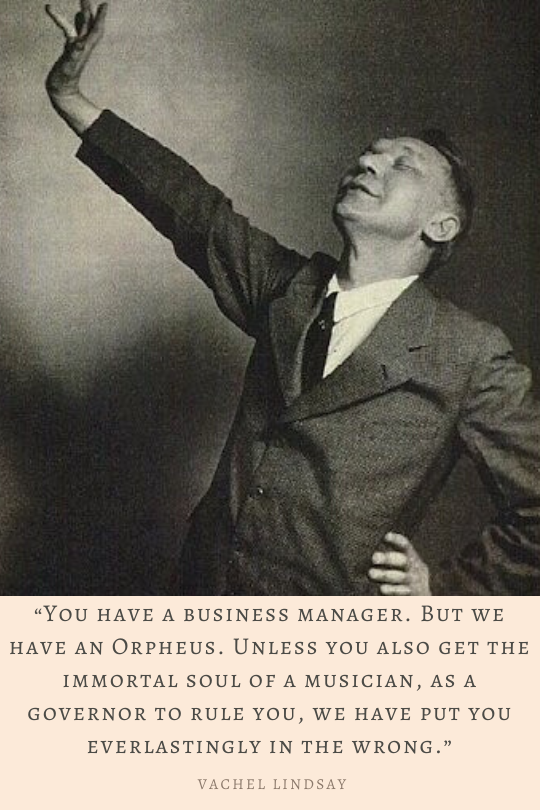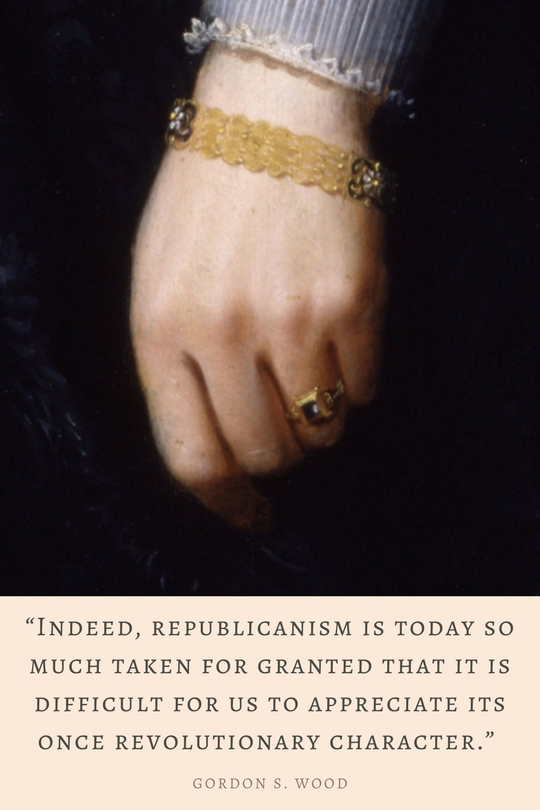Rewriting the History of Science: Roger J. Boscovich in the Secret Doctrine
Despite a few grammatical errors in this obscure journal article, Roger J. Anderton examines the use of Roger J. Boscovich (1711-1787), a Rasgusan physicist in the Esoteric Tradition of Blavatsky’s “The Secret Doctrine” (1888). R.J. Anderton argues that ancient notions have passed down to the great philosophers, and into modern physics.
This history is hidden, not by a conspiracy, but by certain discoverers and writers themselves, Anderton argues, through constructing a revisionist history. Roger J. Boscovich was influenced by occult tradition.
“The whole of esotericism seems based on Pythagorean ideas, as it is one of the main traditions as to how ancient wisdom has come down to us; and she [Helena Blavatsky] hides the connection to Boscovich by talking about it in a flippant way as if it isn’t important.
From what I gather this is one of the methods used to hide secret information, namely put it in plain sight and act like it is not important.” (R..J. Anderton, Boscovich in the Esoteric Tradition of Blavatsky’s Secret Doctrine)
Those acquainted with theosophy, should be aware that Roger J. Anderton did not, as history teaches develop the precursor to the atomic theory in modern science. Modern physics was influenced by occult tradition, according to historian Jeff Hughes in Occultism and the Atom: The Curious Story of Isotopes, and certain notions were known long before Democritus.
“When Francis Aston discovered a new type of neon in 1913, he initially linked it with an atom that had been predicted by two “occult chemists” through a strange form of clairvoyance. But why was this episode later rewritten in the history books?” (Jeff Hughes, see Occultism and the Atom: The Curious Story of Isotopes)
“Science is honeycombed with metaphysical conceptions, but the scientists will not admit the charge and fight desperately to put atomo-mechanical masks on purely incorporeal and spiritual laws in nature, on our plane – refusing to admit their substantiality even on other planes, the bare existence of which they reject a priori.” (The Secret Doctrine, Vol. 1, pg. 544)
“THE ROUTES to scientific discovery are sometimes strange. We are all familiar with the story of Newton and the falling apple, or with Friedrich Kekulé’s dream of a snake biting its own tail that led to the discovery of benzene’s ring-like structure. But such stories – engaging though they might be – are often mythical. They serve a function in science, emphasizing individual psychology and the flash of inspiration from a heroic scientific genius, over the more routine and collective aspects of scientific work. Romanticism aside, however, the history of science – like Orwell’s Big Brother state – usually writes and rewrites history to remove inconvenient facts, mistakes and idiosyncrasies, leaving only a rationalized path to our present knowledge, or what historians sometimes call “whig” history. In so doing, it not only distorts the actual course of historical events but also gives a misleadingly simplistic picture of the richness of scientific activity and the interactions between science and broader culture.” (ibid.)









